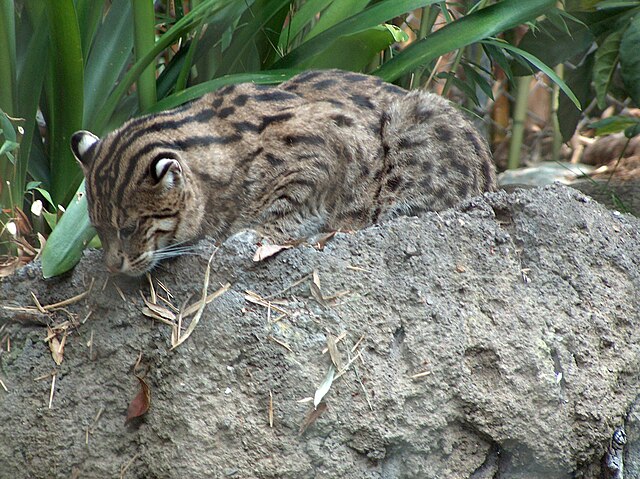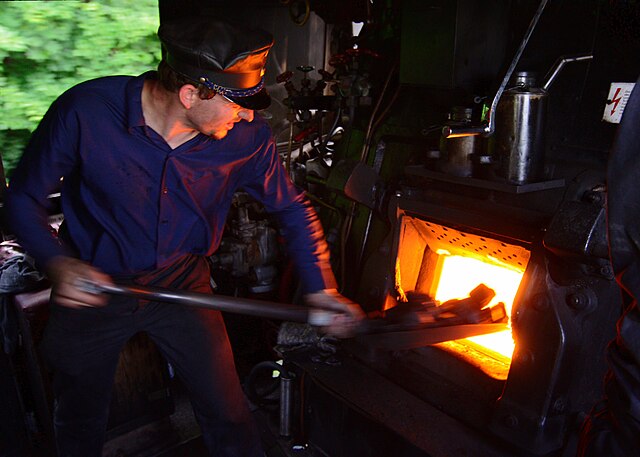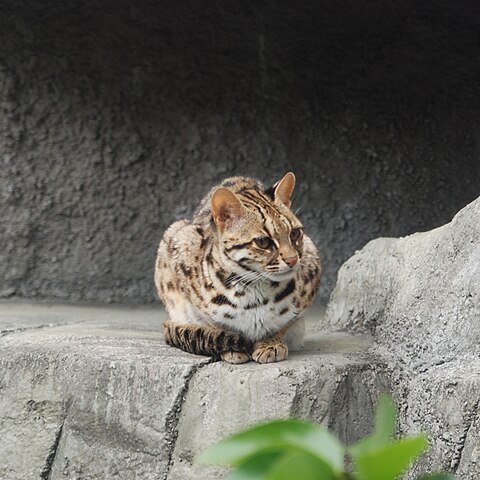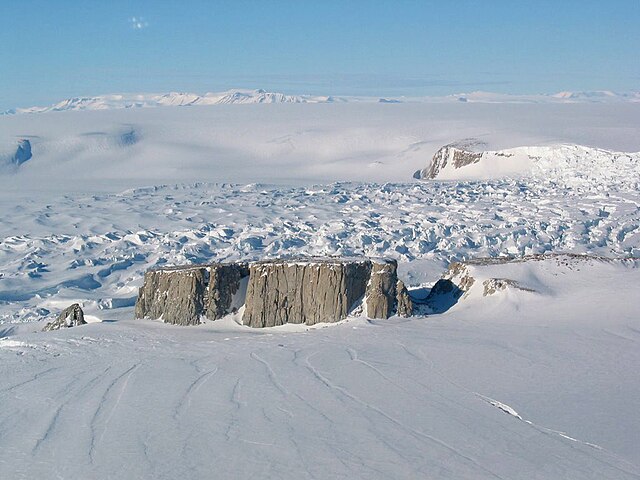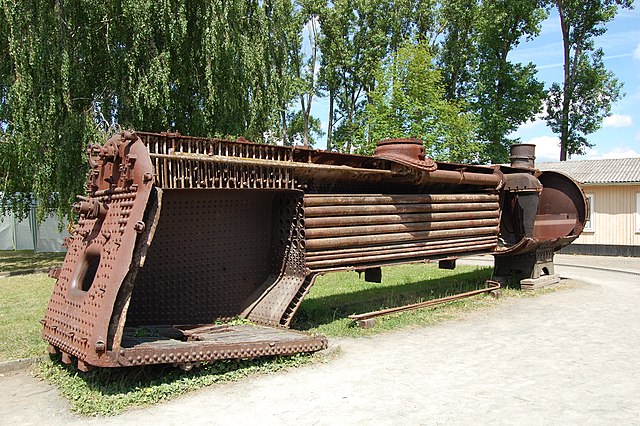We counted to 39 in Russian, let's keep going!
40 сорок (sorok) - sounds like soh-doh-k 文A
41 сорок один (sorok odin) - sounds like soh-doh-k oh-dee-n 文A
42 сорок два (sorok dva) - sounds like soh-doh-k d-vah 文A
43 сорок три (sorok tri) - sounds like sorok soh-doh-k t-dee 文A
44 сорок четыре (sorok chetyre) - sounds like soh-doh-k cheh-tee-dee 文A
45 сорок пять (sorok pyat') - sounds like soh-doh-k pee-yah-t 文A
46 сорок шесть (sorok shest') - sounds like soh-doh-k sheh-s-t 文A
47 сорок семь (sorok sem') - sounds like soh-doh-k seh-m 文A
48 сорок восемь (sorok vosem') - sounds like soh-doh-k voh-seh-m 文A
49 сорок девять (sorok devyat') - sounds like soh-doh-k day-v-yah-t 文A

(from: wikipedia - russian academy of sciences)
Norwegian: førti, førtien, førtito, førtitre, førtifire, førtifem, førtiseks, førtisyv, førtiåtte, førtini
Greek: τσαράντα (saránta), τσαράντα ένα (saránta éna), τσαράντα δύο (saránta dýo), τσαράντα τρεις (saránta treis), τσαράντα τέσσερις (saránta tésseris), τσαράντα πέντε (saránta pénte), τσαράντα έξι (saránta éxi), τσαράντα επτά (saránta eptá), τσαράντα οκτώ (saránta októ), τσαράντα εννέα (saránta ennéa)
ASL: forty, forty one, forty two, forty three, forty four, forty five, forty six, forty seven, forty eight, forty nine
Italian: quaranta, quarantuno, quarantadue, quarantatre, quarantaquattro, quarantacinque, quarantasei, quarantasette, quarantotto, quarantanove
German: vierzig, einundvierzig, zweiundvierzig, dreiundvierzig, vierundvierzig, fünfundvierzig, sechsundvierzig, siebenundvierzig, achtundvierzig, neunundvierzig
Spanish: quarenta, quarenta y uno, quarenta y dos, quarenta y tres, quarenta y cuatro, quarenta y cinco, quarenta y seis, quarenta y siete, quarenta y ocho, quarenta y nueve
French: quarante, quarante et un, quarante-deux, quarante-trois, quarante-quatre, quarante-cinq, quarante-six, quarante-sept, quarante-huit, quarante-neuf


